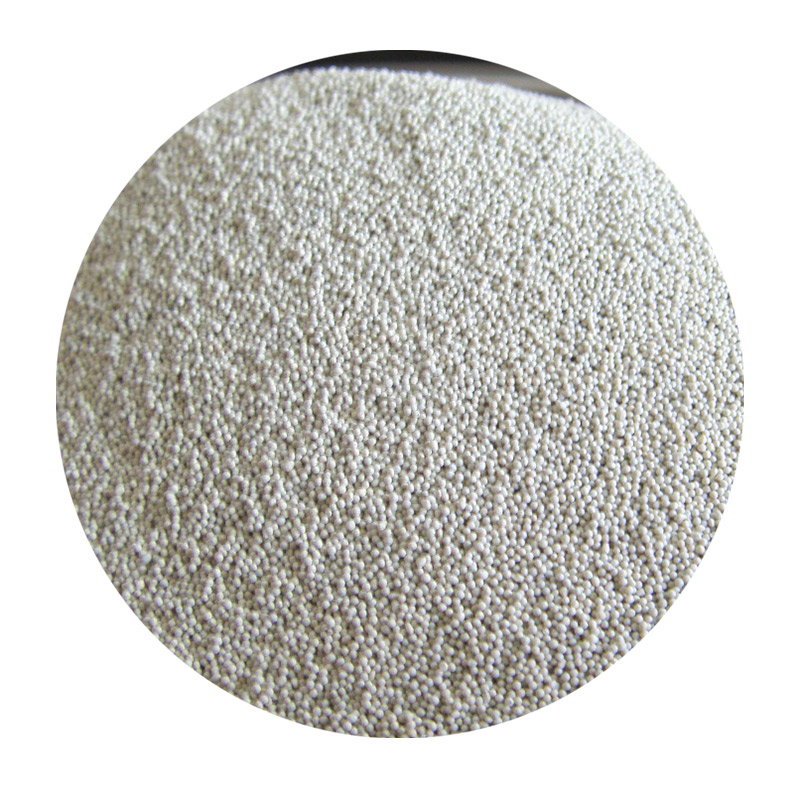Investment Casting vs. Sand Casting A Comparative Overview
Casting is a widely utilized manufacturing process that involves pouring molten metal into a mold to create desired shapes and components. Two prominent casting methods are investment casting and sand casting, each with its unique benefits and applications. This article delves into the distinguishing features, advantages, and potential constraints of investment casting and sand casting, providing a comprehensive understanding of both processes.
Investment Casting Precision and Complexity
Investment casting, often referred to as lost-wax casting, is a detailed and intricate process well-suited for producing complex shapes with high precision. The process begins with creating a wax model of the desired part, which is then coated with a ceramic shell. Once the shell is hardened, the wax is melted away, leaving a cavity that represents the final part. Molten metal is subsequently poured into the shell to form the final product.
One of the primary advantages of investment casting is its exceptional dimensional accuracy. This precision makes it ideal for industries such as aerospace, automotive, and medical, where intricate designs and tight tolerances are critical. Investment casting also minimizes the need for machining, reducing waste and overall production costs. The ability to create highly detailed geometries allows for the production of lightweight structures that can enhance the performance of various applications.
However, investment casting does come with some drawbacks. The process can be more expensive than other casting methods due to the higher costs associated with materials, equipment, and labor. Additionally, the initial setup time for creating molds can be significant, making it less suited for high-volume production runs. Nevertheless, for low- to medium-volume production of high-precision components, investment casting is often the method of choice.
Sand Casting Versatility and Economy
investment vs sand casting

Sand casting is one of the oldest and most widely used casting processes. It utilizes sand as the primary material for the mold, making it adaptable for a variety of metals, including aluminum, iron, and bronze. The process involves creating a mold from two halves, compacting sand around a pattern, and then pouring molten metal into the mold cavity.
One of the key advantages of sand casting is its cost-effectiveness. The materials used are relatively inexpensive, and the process is adaptable for high-volume production runs as well as one-off prototypes. Sand casting is particularly suitable when the required part does not have complex geometries or strict tolerances. It can support large parts, making it favored in industries such as heavy machinery, automotive, and construction.
Despite its advantages, sand casting has some limitations. The surface finish of sand-cast parts is generally rougher compared to investment-cast parts, often requiring post-processing to achieve smoother surfaces. Additionally, sand casting may not be ideal for parts with intricate designs that demand tighter tolerances, as achieving precision can be more challenging compared to investment casting.
Choosing the Right Method
When deciding between investment casting and sand casting, various factors must be taken into account, including the complexity of the design, required tolerances, material choice, and production volume. For highly intricate designs where precision is paramount, investment casting is typically the preferred method. On the other hand, for larger parts or less complex shapes where cost-efficiency is key, sand casting may be the better choice.
In conclusion, both investment casting and sand casting are vital processes in the manufacturing landscape, each offering unique advantages tailored to specific needs. Understanding the strengths and limitations of both methods empowers manufacturers to select the appropriate casting technique that aligns with their project requirements, ensuring optimal performance and cost-effectiveness in production. By leveraging the strengths of these casting methods, industries can innovate and create components that meet the demands of modern engineering.
Post time:Dec . 24, 2024 11:09
Next:Techniques for Sanding and Finishing 3D Printed Models for a Smooth Surface
